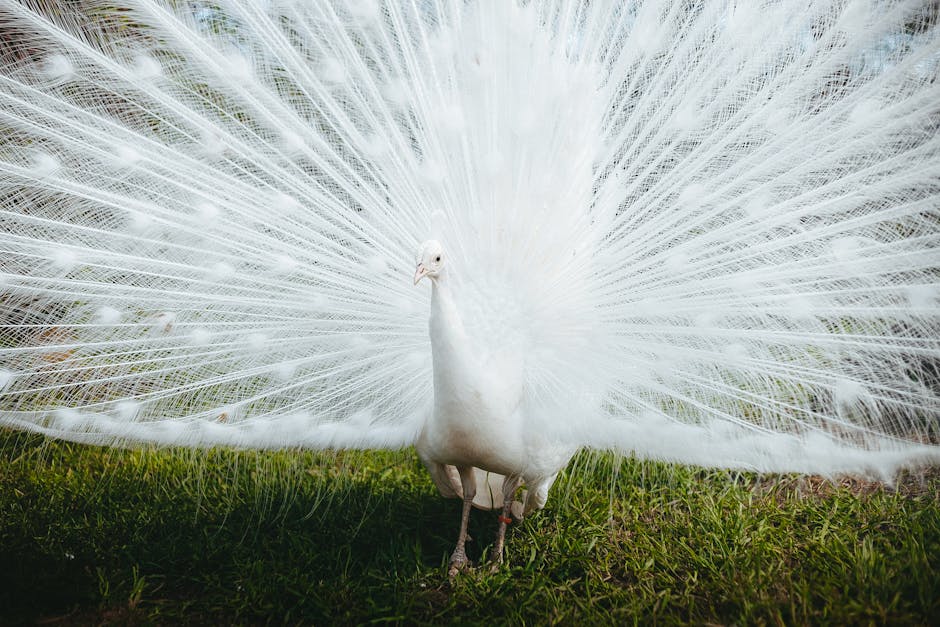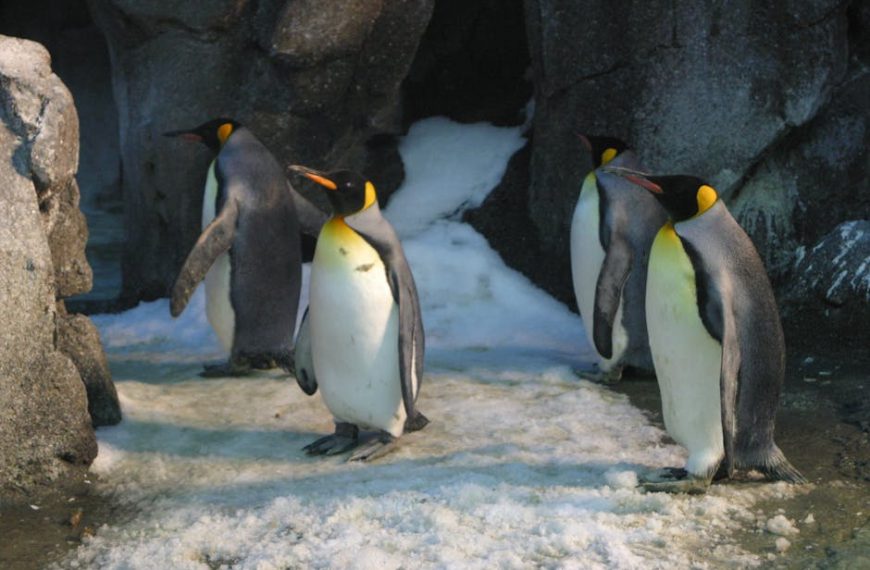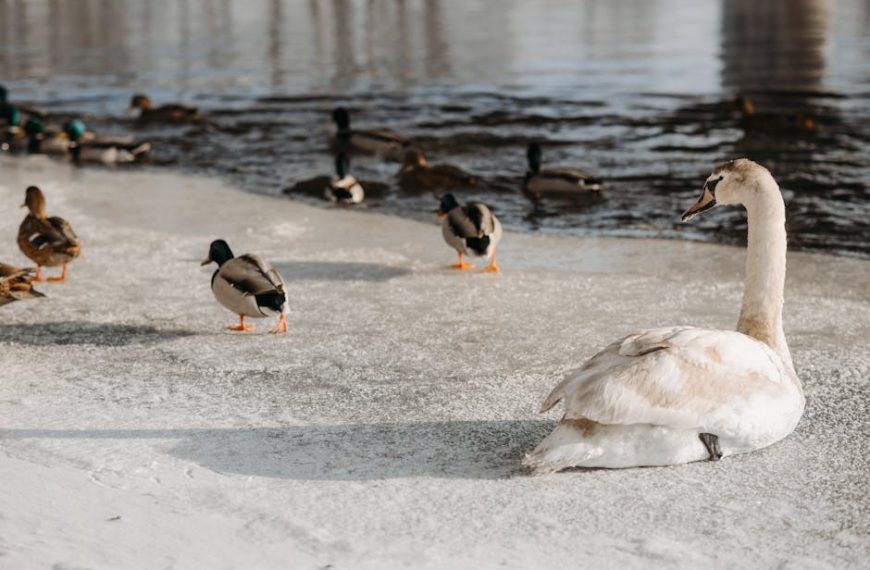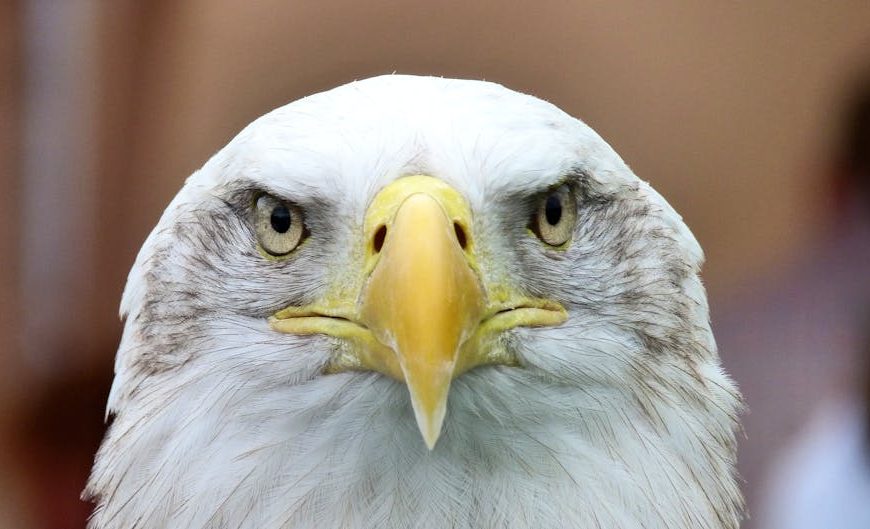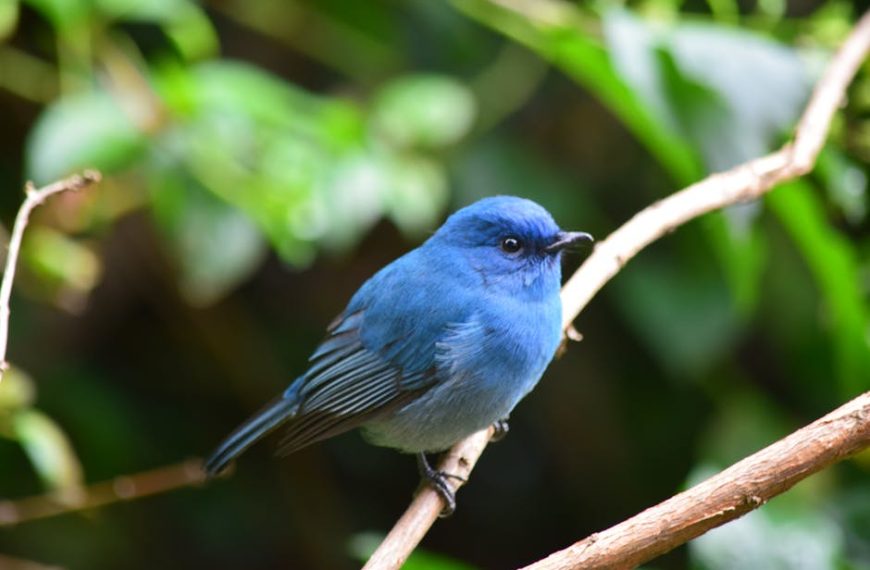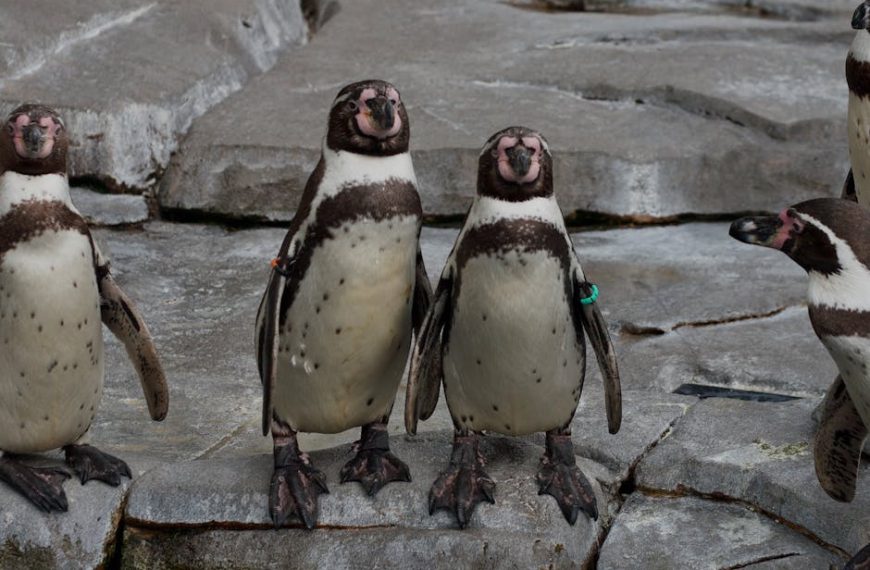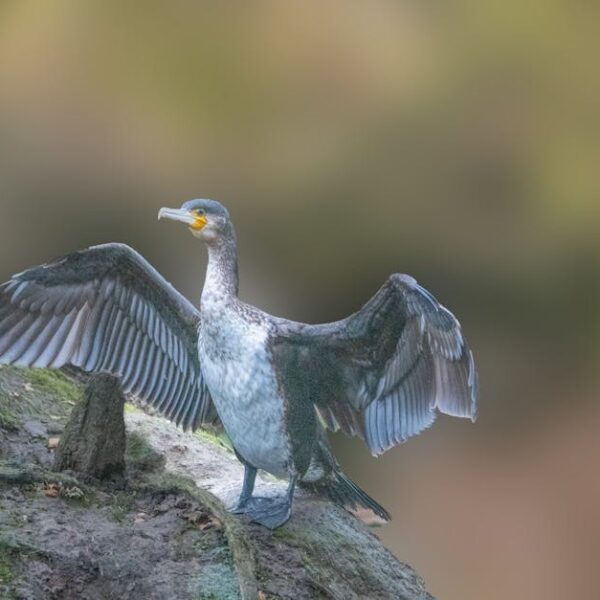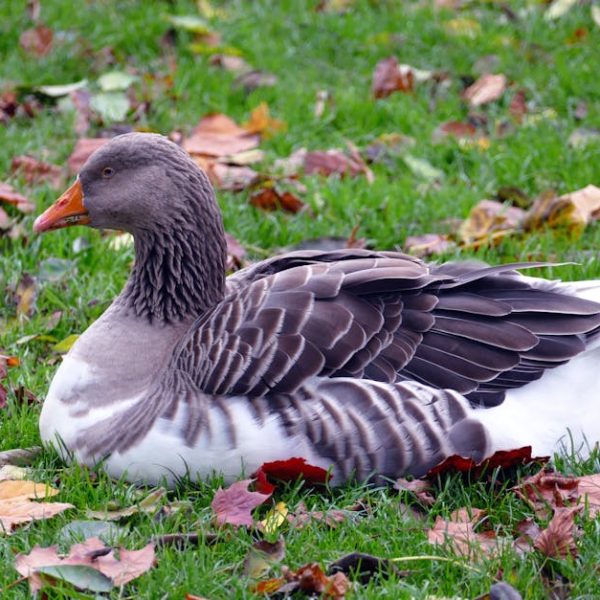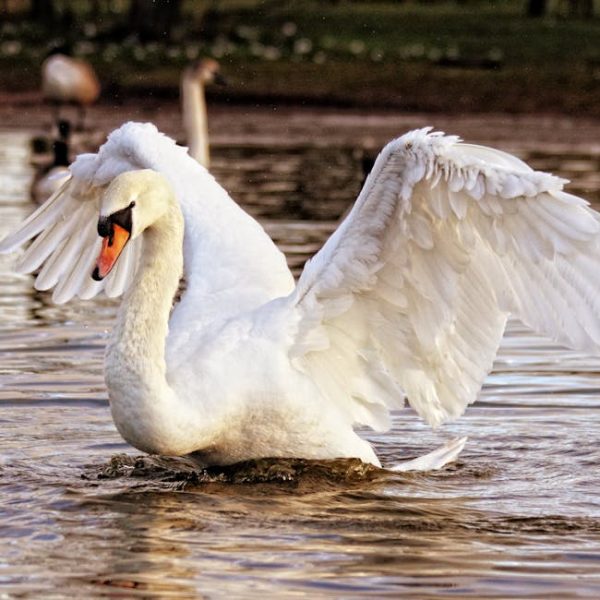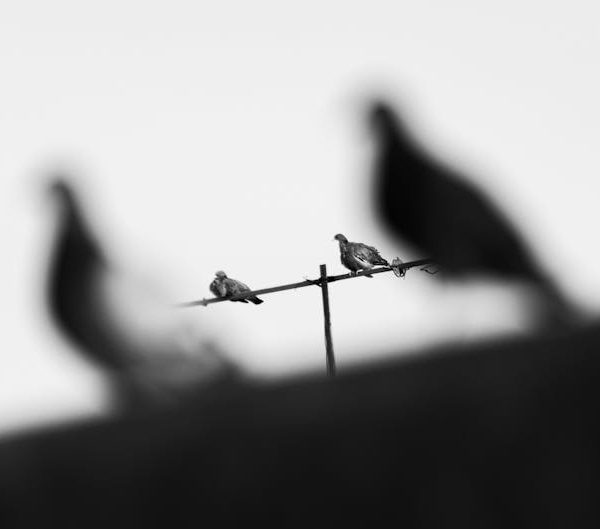Birds use their beaks in various ways to explore and interact with the world around them. One common activity you might occasionally notice is when they tap their beaks against various objects. It may come across as a rather odd behavior if you are not accustomed to the intricate world of avian communication and interactions. However, beak tapping serves significant purposes, touching upon essential aspects like communication, grooming, feeding, and nest building. Being observant of these fascinating behaviors can enrich your bird watching experiences and deepen your understanding of our feathered friends.
Exploring Basic Bird Behavior
Birds exhibit a range of behaviors that might seem perplexing at first glance but are essential for their survival. Regular activities include preening – a kind of bird grooming that involves using the beak to arrange feathers and get rid of dirt and parasites. Birds also use their beaks for targeting food, demonstrating affection, or for singing songs that resonate through their territories. Beak tapping may seem like an anomaly amidst these behaviors, but it is quite common across different bird species.
Pro Tip : Try to observe the timing, pattern, and frequency of beak-tapping against other bird behaviors to better understand what is being communicated.
Connection of Beak Tapping with Communication
Beak tapping is often associated with communication among birds. Birds tap their beaks to announce their presence, mark their territory, or attract a potential mate, since auditory signals are crucial for bird communication. Beak tapping can be likened to knocking on a door: it’s a way to announce presence and, sometimes, to warn others before entering. This behavior can be quite intriguing when compared to other communication methods like singing or calls. For bird watchers, recognizing these signs is essential for identifying species and understanding behavior.
Best Practice: Listen carefully to the different rhythms and volumes of beak tapping – these might denote varying intentions of the tapping bird.
Beak Tapping as a Grooming and Feeding Mechanism
Birds also use beak tapping as part of their grooming and feeding routines. They tap their beaks on hard surfaces to get rid of parasites, dirt, or food remnants. The beak is not just a physical tool, but also an apparatus for maintaining cleanliness and for feeding. Different species demonstrate unique feeding behaviors involving beak tapping. For instance, woodpeckers tap to dig out insects from tree bark, while parrots tap to break open hard-shelled fruits or nuts.
Pros and Cons of beak tapping: On the one hand, beak tapping can serve as a natural grooming tool and help birds gain access to food. On the other hand, excessive or repetitive beak tapping could lead to beak damage or signal anxiety or stress.
Beak Tapping and Nest Building
Birds use their beak as a primary tool in nest construction. Beak tapping can help to assess the suitability of potential nesting sites, inspect the durability of materials, and fashion the nest structure. Some birds also tap their beaks as a means of securing nesting material in place.
✔️ Checklist for identifying beak taping for nest-building:
- Watch for frequent visits to the same spot by the bird.
- Observe the collection and transportation of nesting materials.
- Notice any alteration in the environment where the bird taps its beak.
Pro Tip : Nest building can look quite like beak tapping for foraging reasons. Pay close attention to the bird’s activity and the nature of the object being tapped to distinguish between the two.
Effects of Environmental Influences on Beak Tapping
Environmental factors greatly influence bird behaviors, including beak tapping. Conditions like climate, availability of food, presence of predators can vary the frequency or intensity of beak tapping. Birds might tap more in urban environments due to the abundance of solid surfaces for tapping, as compared to wild habitats where birds typically rely more on vocal calls.
| Urban Environment | Wild Environment | |
|---|---|---|
| Beak Tapping Frequency | High | Low |
| Alternatives to Beak Tapping | Few | Many (like singing or calls) |
Best Practice: You can contribute to a bird-friendly environment by ensuring the availability of natural habitats, putting up bird feeders, and minimizing noise and light pollution. This can help reduce stress-induced beak tapping among birds.
Bird behavior can be fascinating to observe and understand. Beak tapping, while seemingly odd, offers a unique glimpse into the avian world. The next time you notice a bird tapping its beak, remember that it could be a call for a mate, a mealtime ritual, some DIY nest contruction, or simply a hello. Enjoy the rhythm of nature’s very own Morse code!
Key Takeaway:
- Birds use beak tapping as a means of communication, grooming, feeding, and nest-building. Recognizing this behavior can help in better understanding the intricate world of avian interactions.
- Beak tapping is not uncommon among birds and is often an indicator of presence, territorial marking, or an attempt to attract a mate. It is also used during feeding, for instance, to unearth insects or break open fruits.
- Moreover, birds resort to beak tapping for grooming purposes and to maintain cleanliness. Additionally, it plays a pivotal role in their nest-building process.
- Environmental factors like climate, availability of food, and presence of predators can influence the frequency or intensity of beak tapping.
Understanding why birds tap their beaks on different objects can be a captivating venture, allowing us to appreciate the diverse ways animals communicate and interact. The more you observe, the more you’ll discover, enhancing your engagement with nature. Keep learning, stay curious, and yours will always be a world filled with wonders!
FAQs
Q: How does beak tapping vary among different bird species?
A: Keep in mind that while some birds tap their beaks frequently as part of their communication or feeding habits, others may rarely or never display this behavior. The type of bird and its natural environment can significantly influence beak tapping.
Q: Is there a difference between beak tapping among male and female birds?
A: The frequency and intensity of beak tapping can differ according to the bird’s gender. In many species, male birds tend to tap more often, especially during the mating season to attract females or to mark their territory.
Q: Does the intensity or frequency of beak tapping indicate the bird’s health?
A: Usually, regular beak tapping isn’t a concern. However, if you notice excessive or aggressive beak tapping, it might suggest stress, anxiety, or even potential health issues. In such cases, it could be useful to seek advice from a bird specialist or vet.
Q: How can I distinguish beak tapping from other bird behaviors?
A: To differentiate between beak tapping and other behaviors, pay close attention to the context in which the bird is tapping. For instance, if the bird is around a potential nest site or tapping rhythmically, it could be related to nest-building.
Q: Is beak tapping harmful for the bird in any way?
A: Typically, beak tapping is not harmful to the bird. It’s a natural behavior used for communication and other purposes. However, excessive or forceful tapping could potentially lead to beak damage, so any unusual patterns should be noted.
Please feel free to share this article with other bird enthusiasts and explore more posts to gain further insights into the fascinating world of nature!
